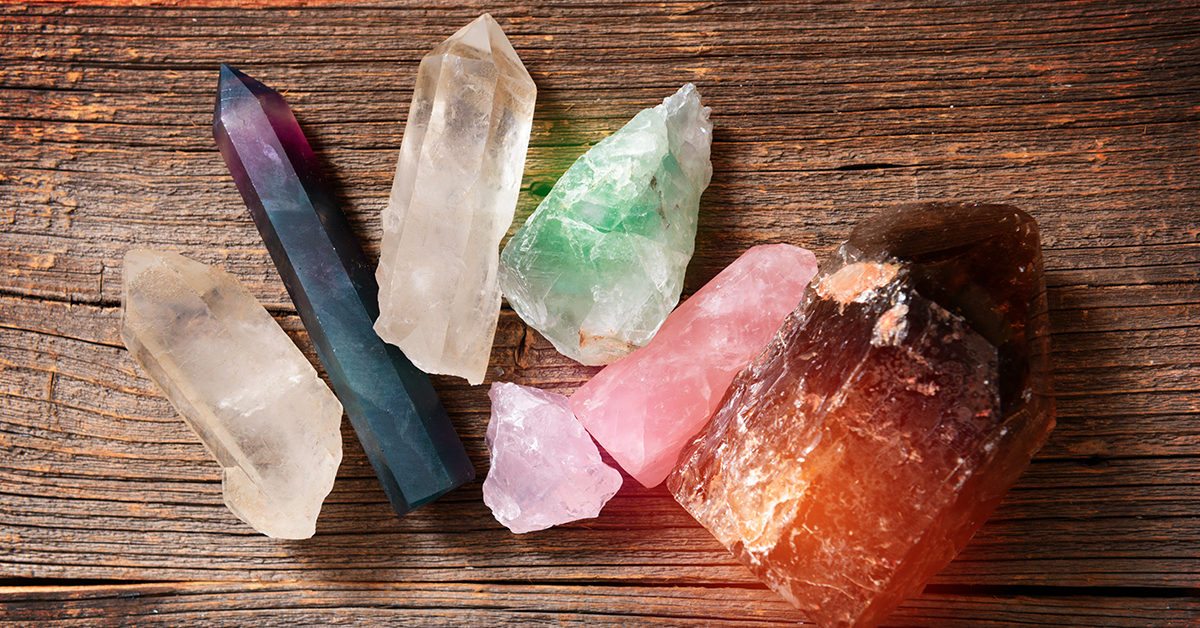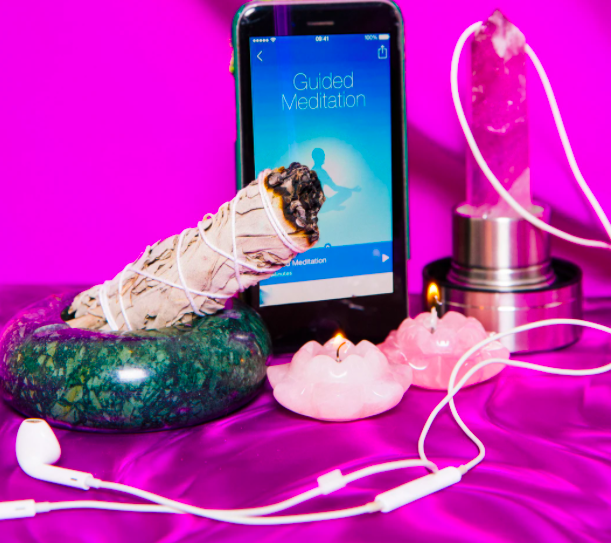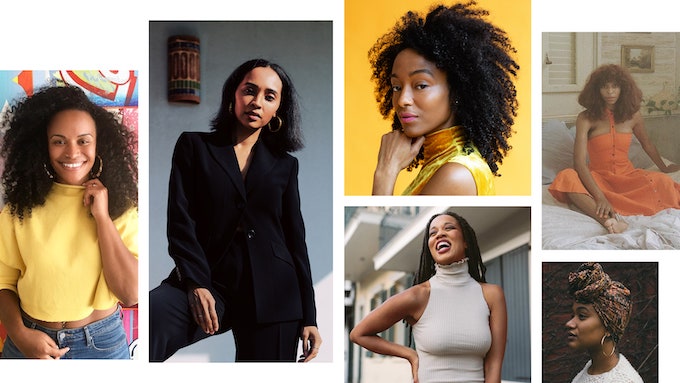Good vibes, positive energy, self-love… we’ve all heard of these phrases before, and perhaps they’ve even made their way into your daily lives. We’ve got Co-Star (the famed personalised astrology app) downloaded on our phones, we can add a love detox crystal set to our cart on ASOS, we can buy an aesthetically pleasing salt lamp from Kmart – the list goes on. Whether you do so out of desire to reach enlightenment or not, there’s no doubt spirituality and achieving ‘wellness’ have established their place in the mainstream. But is this truly representative of our collective consciousness as a society, or simply another consumerist trend?

Spirituality is a catch-all term, and in this case, is representative of so many different subcultures, whether it’s mindfulness and meditation, crystal healing, astrology, and even witchcraft. Finding solace in these practices is especially comforting for a generation that is straying away from organised religion – the number of people who do not identify with a religion in Australia has increased in recent years. What we’re seeing instead is today’s youth having some sense of spirituality without religious affiliation – a 2018 study found that young Australians who are ‘spiritual but not religious’ identify strongly with ideas of meaning and purpose.
It follows trends seen in America, where the number of self-described ‘spiritual’ people is increasing, and in the UK, where 70% of young people identify as non-religious. We’re growing out of the religious systems that we were raised up in, and to top it off, millennials and Gen Z are the most anxious generations yet. It’s understandable for us to get involved in something to help ground ourselves in this day and age, and the great thing about modern-day spirituality is that is completely self-defined.

However, the popularity of the spirituality industry also results in its commercialisation. The spirituality industry is increasingly being defined by big manufacturers and corporations, rather than independent businesses and knowledge experts. It’s been dubbed the “corporate takeover” of spirituality, which has led to the wellness industry being worth over $4.5 trillion in 2018. It represents an interesting dichotomy: these tools and rituals are being marketed as ‘New Age’ and ‘alternative,’ but ultimately is the same exploitation of individual interests by corporations, which is not too far from the mainstream anyway.
For many people who are into spirituality and wellness, it can often be a rabbit hole – it can start with beauty supplements, jade rollers and gua-shas, before a foray into healing crystals and energy rituals. After all, there is no beginning and end when it comes to spirituality. However, they’re marketed as remedies, things that you can do or take to fix your problems – stress, anxiety, your skin, inner beauty, etc. It seems almost counter-productive for spirituality to be defined as a form of consumerism in owning all of these different material goods, and addressing problems in a reductionist, rather than a holistic way.

If there is a heightened collective consciousness about fast fashion and ethical practices when it comes to what we wear, then that should be applied to our spiritual goods too. Take the healing crystal industry, for example, a sector of the spirituality industry that has grown exponentially over the years and is now a billion-dollar business. Crystals have been used in many cultures, dating back to the Ancient Sumerians and Ancient Egyptians – today, healing crystals are loved by many for their healing, energy re-balancing and grounding properties. But in the crystal industry, crystal sourcing is a touchy subject.
The mining practices that give you your beloved rose quartz and citrine are unregulated, and shrouded in issues of sustainability – they’re sometimes mined in conflict-ridden countries, such as Myanmar or the Democratic Republic of Congo, where human rights violations often occur. Because crystals are often by-products of these mining practices, it’s hard to properly discern their source – many crystal stores will say that they strive for ethical practices, but it’s not always easy to. Mass production of crystals and corporate expansion will worsen this issue that’s already being glossed over.
Who is the realm of spirituality and wellness for? In theory, the answer should be everyone, but many people of colour don’t feel this way. Over the years, the face of wellness has grown to be the slim white woman, with the means to purchase and partake in all of these spiritual practices. There aren’t many spaces for people of colour in the wellness industry, despite many forms of spirituality being present in these cultures. It is an inherently exclusionary industry which sells us the idea of who we should be, further distancing themselves from minorities.

Whether you believe in it or not, it’s great that getting in touch with our spirituality and what it means for us to be ‘well’ is more accessible than ever. It’s redefining health and self-care for our generation.
It’s not necessarily a bad thing to partake in these practices, and there is no right or wrong way to practice your own spirituality. We should, however, avoid conflating ideas of wellness with material goods, and perhaps even consider shopping small, a practice that most of us know we already should be doing.
Subscribe to FIB’s Weekly Alchemy Report for your weekly dose of music, fashion and pop culture news!







